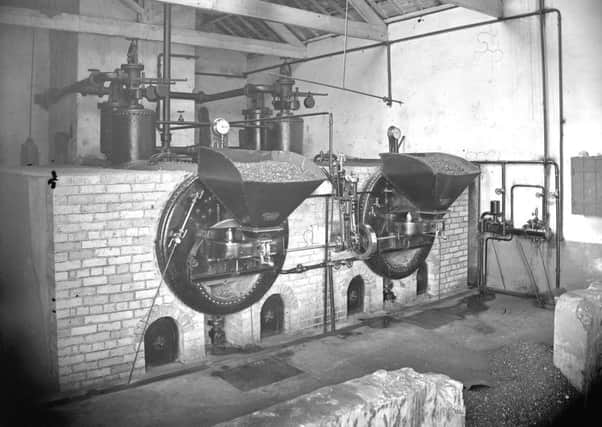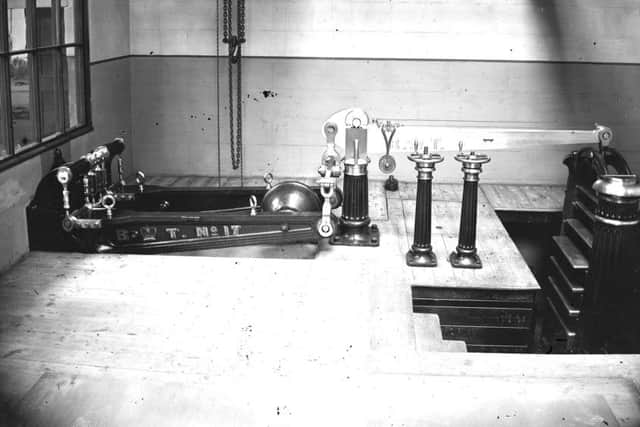ON THE WATERFRONT: Putting chains to the test


As chain cables and anchors were critical to the safety of all vessels, Lloyds Register of British and Foreign Shipping - a society responsible for classification and certification of ships - progressively introduced rules requiring chain cables and anchors to be tested.
After concerns over sub-standard equipment being supplied to the merchant navy, it was found that proving (testing) of anchors and cables was unreliable, as testing machines were generally under the control of manufacturers.


Advertisement
Hide AdAdvertisement
Hide AdIn 1860, a parliamentary select committee recommended introduction of public machines under independent control.
An Act for regulating the proving and sale of chain cable and anchors became law in 1864 and permitted establishment of public proving houses, with such facilities being subject to Board of Trade inspection and licensing. Benchmarks for testing were laid down under rules imposed by Lloyds Register.
On February 27, 1865, a new chain and anchor testing works was opened by the Sunderland Chain and Anchor Testing Co Ltd. Situated on the riverside at Folly End, Monkwearmouth Shore at the foot of the Strand, it used the proof mark “PHS.”
Comprising boiler, engine, accumulating and proving houses, the latter measuring 150 by 40 feet, the works was equipped with two testing machines - one for anchors and the other for chains and anchors - installed by Benning, Clarke and Co of the Victoria Works, Gateshead.


Advertisement
Hide AdAdvertisement
Hide AdAnother proving house was located on the Low Street at Bishopwearmouth Panns, this being operated by Wear Testing Co Ltd.
A fresh Act of Parliament became law in 1872, effectively abolishing private testing works and enabling only corporations and public bodies listed in the Act to carry out chain and anchor testing. Among these were the River Wear Commissioners (RWC), who, after some debate, agreed to establish their own proving house owing to its importance to Wearside’s maritime industries.
Designed by RWC Engineer, Henry Hay Wake, the works were completed in 1874, being constructed from concrete by Messrs Grainger and Wilson, and equipped with hydraulic plant supplied by J Abbott and Co of Gateshead.
In 1875, Sunderland Chain and Anchor and Wear Testing companies were wound up.
Advertisement
Hide AdAdvertisement
Hide AdSituated on the north-east side of the North Half-Tide Basin at South Docks, the RWC testing works were leased to Lloyds British Testing Co Ltd from 1901.
Still operating its original machinery and undertaking unchanged testing processes, the works closed down in 1949 and were soon demolished to make way for a new dry dock.